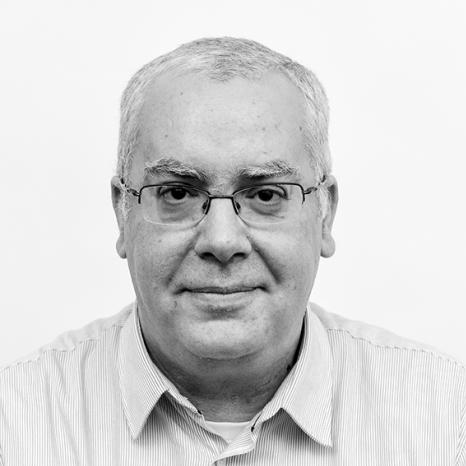AMU - AMSE
5-9 Boulevard Maurice Bourdet, CS 50498
13205 Marseille Cedex 1
- Membres
- Boucekkine
Boucekkine
Raouf Boucekkine


Îlot Bernard du Bois
Publications
We study optimal growth model ˆ la Nelson and Phelps (1966) where labor resources can be allocated either to production, technology adoption or capital maintenance. We first characterize the balanced growth paths of a benchmark model
The special functions are intensively used in mathematical physics to solve differential systems. We argue that their use should be most useful in economic dynamics, notably in the assessment of the transtion dynamics of endogenous growth models. We illustrate our argument on the Lucas-Uzawa model, which we solve by the means of Gaussian hypergeometric functions. We show how the use of Gaussian hypergeometric functions allows for an explicit representation of the equilibrium dynamics of the variables in level. In contrast to the preexisting approaches, our method is global and does not rely on dimension reduction
Cet article fournit des fondements théoriques à l'augmentation simultanée de la polyvalence, le capital humain et l'usage de l'informatique dans de nombreux pays de l'OCDE dans les années 1990. les liens entre organisation du travail, technologie et capital humain sont modélisés en établissant les conditions sous lesquelles les firmes allouent le temps de travail des travailleurs entre plusieurs tâches productives. Le changment organisationnel est ensuite analysé dans une perspective dynamique comme la transition de la spécialsiation à la polyvalence en mettant l'accent sur ses déterminants technologiques et éducatifs.
In the traditional literature on the Lucas-Uzawa model, it is proved that in the neighborhood of the long-run balanced growth path, human capital stock grows at a rate greater than its long-run counterpart when the ratio physical to human capi- tal is above its long run value if and only if the capital share in the production of physical good is lower than the inverse of the elasticity of intertemporal substitution in consumption. We first prove that the claim is true outside the neighborhood of balanced growth paths. More importantly, we identify a crucial asymmetry: what- ever the position of the capital share with respect to the inverse of the elasticity of intertemporal substitution, physical capital stock always grows at a rate lower than its long-run counterpart when the ratio physical to human capital is above its long run value.
No abstract is available for this item.
This survey of economic growth theory applied to epidemiology highlights that Blanchard-Yaari structures involving a Lucas human capital accumulation are appropriate to study an AIDS-like crisis. Physical capital accumulation, schooling, health expenditures and supply effects are put together within a Blanchard two-sector economy to capture life-cycle effects of AIDS-like epidemics.
The transition from economic stagnation to sustained growth is often modeled thanks to "population-induced" productivity improvements, which are assumed rather than derived from primary assumptions. In this paper the effect of population on productivity is derived from optimal behavior. More precisely, both the number and location of education facilities are chosen optimally by municipalities. Individuals determine their education investment depending on the distance to the nearest school, and also on technical progress and longevity. In this setting, higher population density enables the set-up costs of additional schools to be covered, opening the possibility to reach higher educational levels. Using counterfactual experiments we find that one-third of the rise in literacy can be directly attributed to the effect of density, and one-sixth is linked to higher longevity. Moreover, the effect of population density in the model is consistent with the available evidence for England, where it is shown that schools were established at a high rate over the period 1540-1620. (JEL: O41, I21, R12, J11) (c) 2007 by the European Economic Association.








